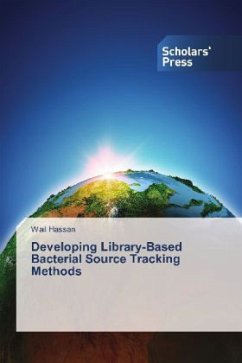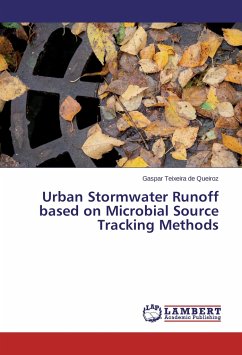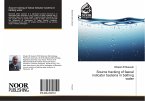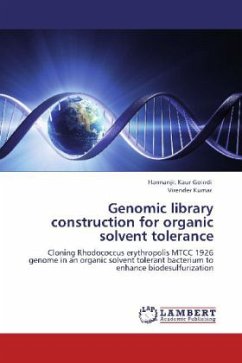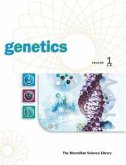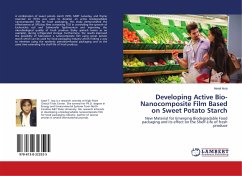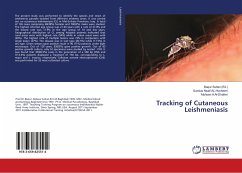The goal of this study is to develop efficient bacterial source tracking capabilities for the identification of sources of fecal pollution. Two polymerase chain reaction-based methods, BOX-PCR and REP-PCR, were compared to pulsed field gel electrophoresis. Additionally, source tracking fidelity was compared using two target organisms, Escherichia coli and Enterococcus spp. The highest fidelity of source tracking was achieved using BOX-PCR and Enterococcus spp. The study also showed that applying a similarity value (a measure of how similar an unknown isolate is to isolates from a known source) threshold and/or quality factor (a measure of how an unknown isolate fits within the source to which it was assigned) threshold improved the fidelity of source tracking. Finally, enterococcal isolates obtained from local rivers and from Mississippi Gulf Coast were assigned to animal sources using the method developed as part of this work. The main source of fecal contamination in river samples from the Hattiesburg area appeared to be chicken feces, while most enterococcal isolates from the Gulf Coast samples were of gull or chicken origin, with occasional human isolates.

